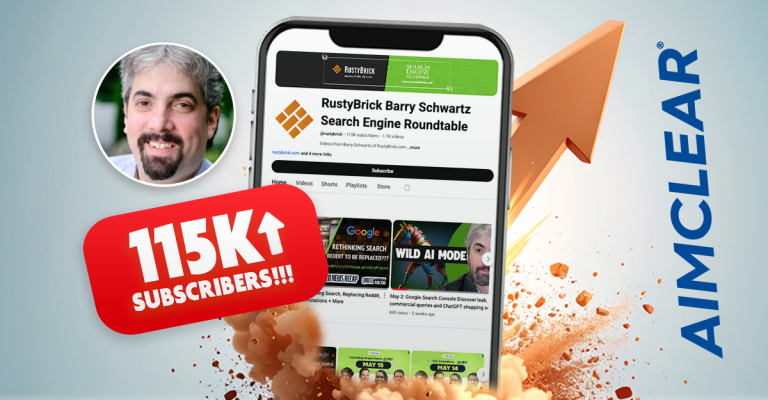I doubt I am in the minority today when I say I use and rely on the internet regularly throughout the day. Going online to find my news, weather, and entertainment has become the primary method in which I stay current in my work and personal life. There’s never enough time keep current with the web content I’m interested in.
![]() Enter RSS
Enter RSS
RSS is a technology that has quickly become mainstream, which facilitates content finding me. I heard of RSS years ago but I am only just now realizing its awesome power.
What is RSS?
RSS stands for Rich Site Summary or, more commonly, Really Simple Syndication. What RSS does is an important development in Internet history – RSS frees you from time-wasting surfing ways by enabling web content publishers to “push” you any content you designate as desired.
Customized Content Direct to Your Desktop
News, information, podcasts, and video are directly delivered to your desktop when new content is created. Think of it as website editor’s emailing you your browser bookmarks on a regular basis. After previewing this technology, my well organized bookmarking system I was so proud of seemed suddenly archaic.
Getting Setup with RSS is Simple.
One just needs to decide on which RSS reader to use and start setting up their “feeds.” A feed is simply a subscription to a website that supports RSS and an RSS reader is a program that you use to setup and organize your RSS feeds in one place. For this article, we will look at using a free and very popular RSS reader called NewsGator. I chose to go with an online RSS reader as I regularly use multiple computers throughout the day.
Setting Up NewsGator
Once I clicked on the register button, I just had to input a user name and password and agree to a terms and services policy. At this point, NewsGator shows an option for a free account or a paid-for account which removes the advertising. The free account works very well. To simplify setup, NewsGator now lets you easily select and subscribe to a lot of popular RSS feeds right from the start. I can simply click on dozens of choices, many from top websites and several that I currently visit regularly. This seems a very simple manner to start my experience with RSS.
Subscriptions
First you set up the RSS feeds you are interested in subscribing to. Anyone familiar with a typical email client will find most RSS readers easy to use. All feeds (and folders containing them) are on the left of the screen while the text from the RSS feeds is in the center of the page.
This simplicity belies the power underneath. Drag and drop functionality is present to organize your RSS feeds, and enabling NewsGator options for further customization or quick subscriptions to additional RSS feeds is a breeze. It’s easy to quickly learn how a feed works and how I can visit the site of the feed, and how to make the feed go away once I’ve read it. There is even a nifty “clipping” option to save RSS feeds for future reference, kind of a bookmarking option within RSS.
Website with RSS Feeds
I soon found that I wanted to find more RSS feeds not present within NewsGator’s easy subscription setup. Many sites show they are RSS friendly with a button that looks like this or like this
![]() . You may even find buttons that have the name of your RSS reader, and I found many with a NewsGator button
. You may even find buttons that have the name of your RSS reader, and I found many with a NewsGator button . Once you find a site with such a button, you click on the icon and this will typically bring you to a page that shows the scary looking programming code that runs in the background to deliver the RSS feeds. In this case, you will copy the web address from the top of your browser, and paste it into the “add feed from URL” option in NewsGator. If you find a NewsGator button, a quick click will bring you right to your account to subscribe.
Keep it Manageable
A light word of caution with your RSS experience – take it slowly at first. There is definitely a sense of excitement when first setting up an account to subscribe to every RSS site available. Even though NewsGator does a fine job of giving you the tools to easily organize your RSS feeds, you can quickly become overwhelmed with the amount of updates. This is especially true with any type of national news site – I subscribed to ABC News online RSS feeds and was amazed at how quickly the feeds rolled in. Sure, I can ignore them or delete them, but there is something to be said for pacing yourself on the amount of RSS feeds you subscribe to at the outset. You will quickly find what you can handle comfortably and can go from there.
Web Based RSS Readers
A web-based RSS reader such as NewsGator offer the advantage of access from any connected machine you happen to be using. A drawback to a web-based reader is a slight delay when clicking on RSS feeds and some other operations. It’s not sluggish by any means, but there can be a lag at times that some may find bothersome. I will be looking into alternative RSS readers in the near future, including some desktop clients to compare the experience with NewsGator.








